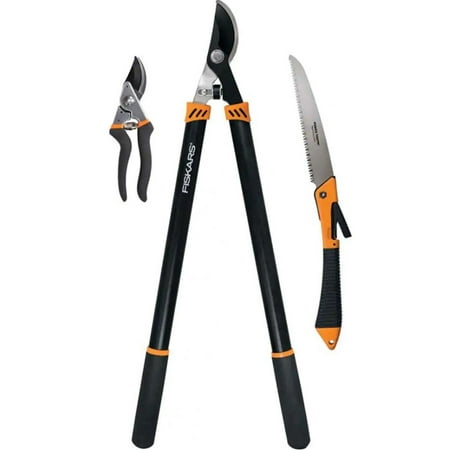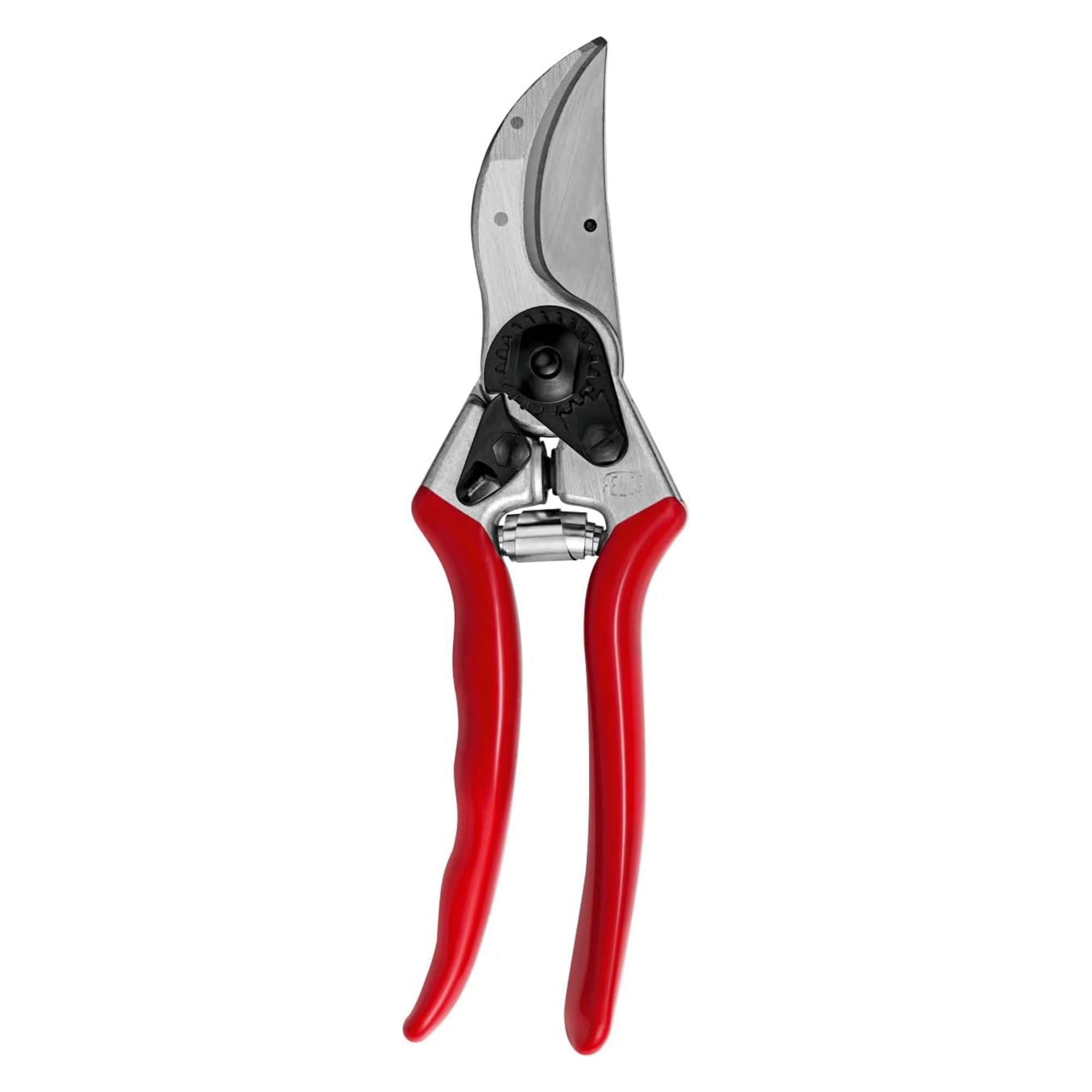How to prune an orange tree – 6 simple steps recommended by experienced horticulturists for healthy trees and delicious crops
Discover the best time to prune an orange tree, and exactly what to trim
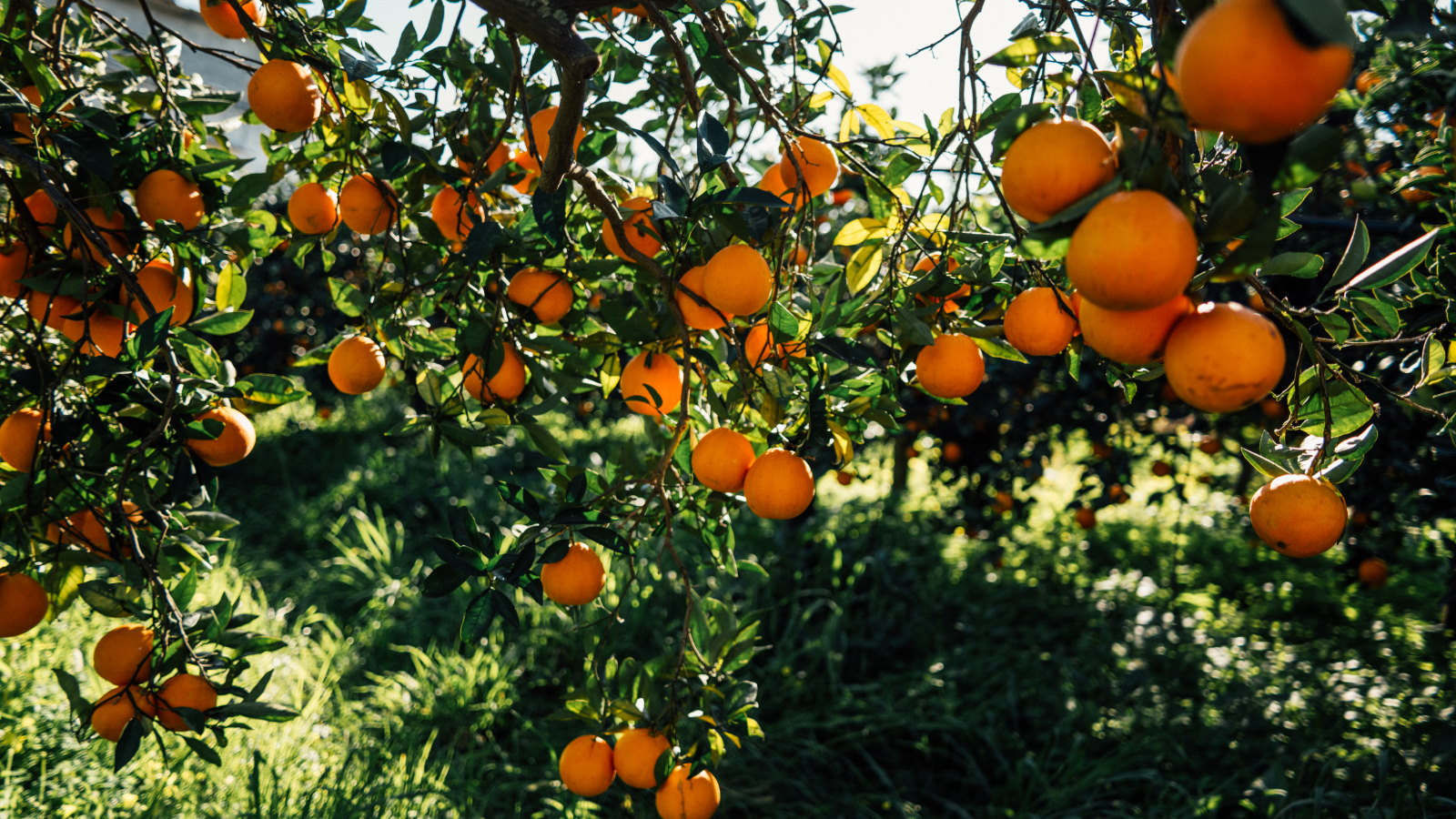

Orange trees are low-maintenance fruit trees and pruning is not overly complicated but is important to maintain the health and shape of the tree. Regular trimming will help guarantee a fantastic annual harvest of sweet and fragrant oranges.
I have grown and cared for citrus trees over the years. The kitchen gardens I worked in housed large fruit tree collections, including different orange trees. We were growing orange trees in pots in our UK climate and bringing them indoors for winter and the trees required only minimal pruning each year.
Whether you grow orange trees in the ground or containers, it pays dividends to prune them regularly. The following six steps cover when and how to prune an orange tree to help you avoid mistakes and have healthy, fruitful citrus trees.
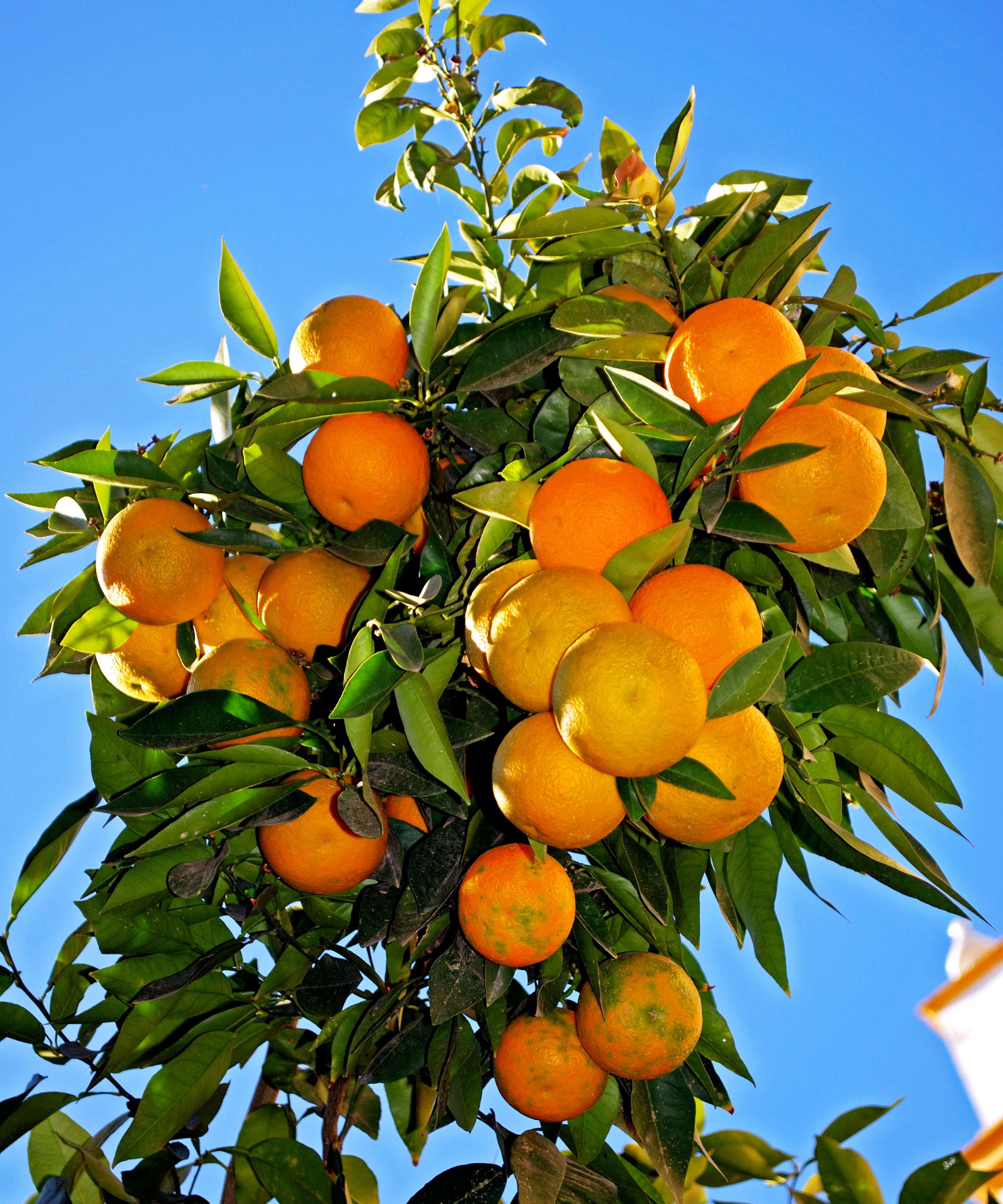
How to prune an orange tree - 6 steps to follow
Orange pruning need not be daunting. The tools required include a pair of pruning shears for small stems, loppers for thicker branches, and a pruning saw for large limbs - depending on the size of the tree - and these are six easy steps to follow for successful orange pruning.
1. Prune at the right time
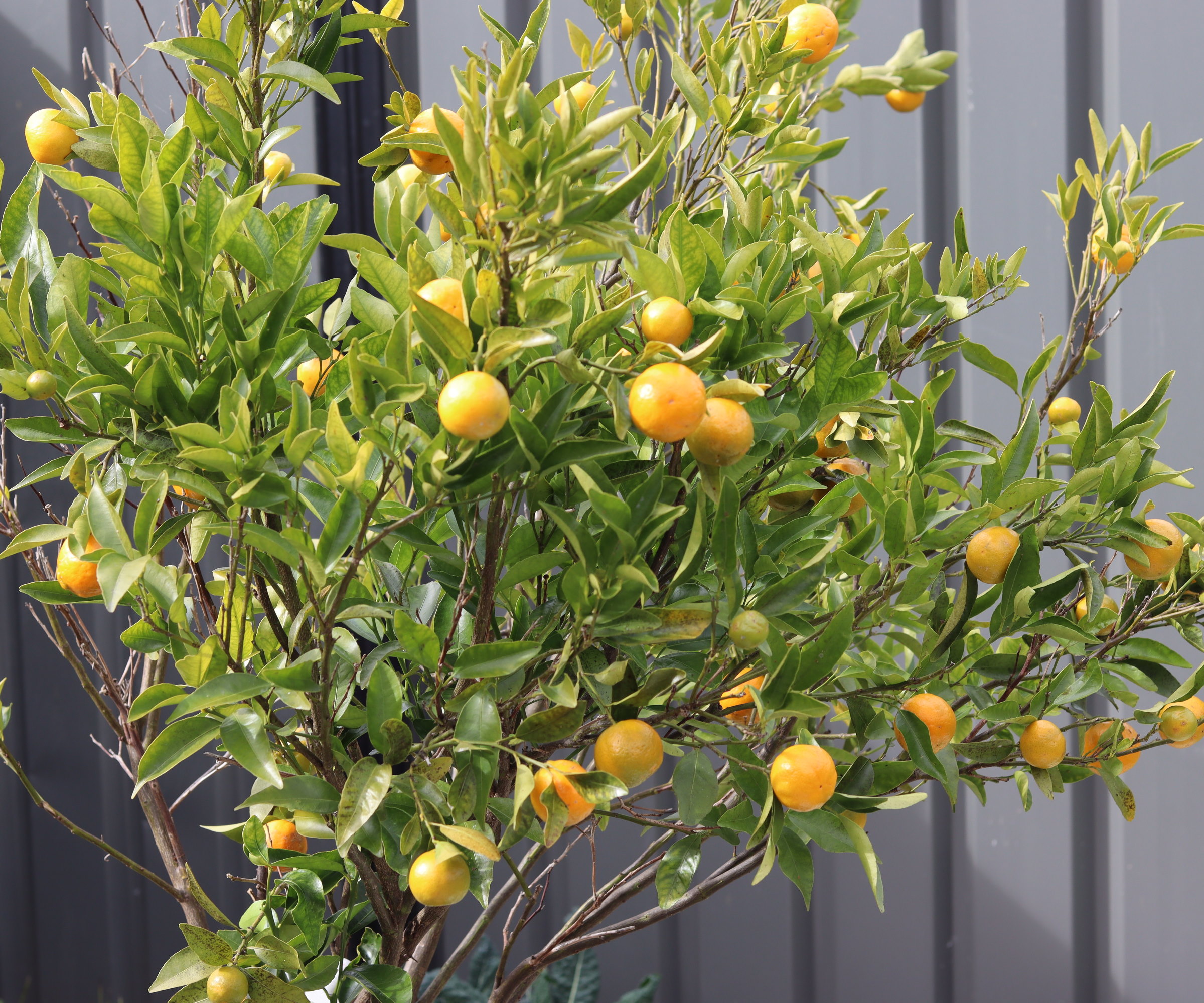
Pruning fruit trees at the correct time of year keeps them healthy and ensures they recover from any trimming as best as possible. So, with that in mind, the best time to prune an orange tree comes in late winter or early spring. It is a task to do just before the new growth starts for the incoming season.
When to prune an orange tree will vary depending on your US hardiness zone. The perfect time can be between February and April, so keep a close eye on when the frosts end in your climate and look for signs the orange tree is starting to burst into life.
There are several benefits to pruning oranges during dormancy. At this time the tree is conserving energy and can handle trimming best and it can recover quickly when the growth starts again in spring.
Design expertise in your inbox – from inspiring decorating ideas and beautiful celebrity homes to practical gardening advice and shopping round-ups.
Valeria Nyman, the chief product officer of Taim.io, adds: ‘If you prune when the tree is dormant, it won’t waste precious sap on branches you’re about to snip. Another bonus is that no fruit or flowers get in your way.’
Add pruning orange trees to your spring gardening checklist and wait until the frosts end for your region. Orange trees can survive dips in temperatures but prolonged cold periods post-pruning could cause dieback.

Valeria is the Chief Product Officer at Taim.io, an innovative platform that serves as a personal, adaptive gardening coach, offering tailored weekly advice to users. Valeria is a lifelong gardener and offers advice on a range of gardening matters.
2. Use clean and sharp tools
A prerequisite for any trimming is to use clean and sharp pruning shears. Sharp pruning tools make clean cuts easier to heal than jagged cuts from blunt or rusty tools, which can remain open longer and leave the tree at risk of pests and diseases. Not only that, but sharp garden tools will make pruning much easier.
Clean garden tools prevent you from spreading diseases around the garden. Bacteria or fungal spores can reside on dirty tools and be moved from plant to plant if tools are not cleaned after use. It is not difficult to sanitize tools, simply spray them with a disinfectant after using them and wipe them clean.
3. Remove the 3D's

So where do you start with pruning citrus trees? ‘Begin by removing any dead, damaged, or diseased branches to keep the tree healthy,’ advises Maureen Wright, fruit tree expert from Fast Growing Trees.
Closely inspect the tree and prune out any of the above, removing them completely back with your pruning shears to where they meet a main branch or the trunk.

Maureen has been a Certified Oklahoma State University Master Gardener since 2012 and is working on her ISA Arborist Certification. Her background in social work led her to an interest in horticultural therapy training and she spends a lot of her time working with at-risk youth and adults working on community garden projects.
4. Thin the canopy
The next step is to thin the canopy of the tree. Look for branches that cross or crowd the center of the tree, along with any branches growing inwards. Maureen Wright claims that annually thinning the canopy means ‘better airflow and sunlight penetration’ that encourages healthy growth and reduces the risk of diseases.
Removing crossing branches, or those likely to cross shortly, also preserves the tree’s health. Crossing branches will rub against each other and cause wounds, that become entry points for diseases.
5. Remove sprouts and suckers
‘Next, take out suckers (those would be the overly ambitious shoots at the base) and water sprouts (the tree’s equivalent of a bad haircut),’ recommends Valeria Nyman.
Suckers appear from the base of the trunk and sprout from below the graft union. These thin and spindly stems grow straight up from around the trunk. They take precious energy away from the rest of the orange tree and, even if they produce fruit, will differ from the variety you are growing. It is best to remove the suckers.
Water sprouts grow vertically from the trunk or other large limbs. These vigorous shoots can be caused by previous heavy pruning. They will be the same variety as the orange tree, but water sprouts are weaker, easily damaged, and take energy away from more productive branches. Prune the water sprout back as close to the branch or trunk as possible.
6. Avoid heavy pruning
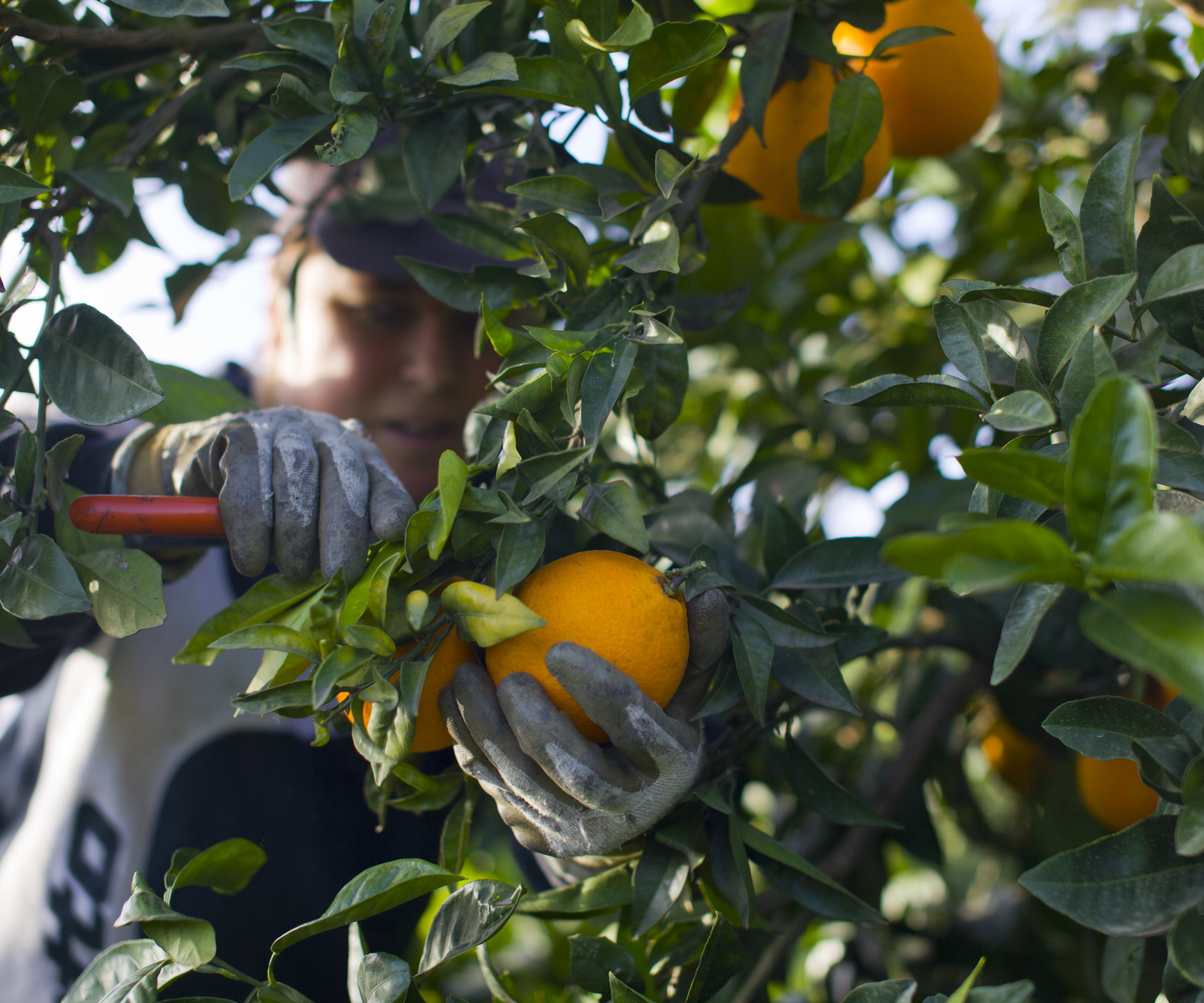
Heavy pruning can stress the orange tree. Be selective with your pruning and avoid taking more than a quarter-to-a-third of the plant material. A pruning mistake would be to remove more than this, as there would be no guarantee how the stressed tree would respond. The likelihood is it would produce a flush of weak growth that could easily be damaged and leave the tree susceptible to pests and diseases.
Shop tools for orange pruning
FAQs
Do orange trees need to be thinned out?
There are benefits to thinning out the fruit. It is important with young orange trees to ensure they can bring fruits to maturity. Thinning fruits means developing and ripening a selected number, rather than a larger amount of oranges that the tree cannot fully mature. With established orange trees, thinning fruits can reduce the load on branches to prevent them from cracking or splitting.
On top of pruning orange trees, fertilizing citrus trees is another essential task to get a great harvest of fruits. Feed trees in spring and summer with a specially formulated citrus fertilizer, such as Espoma citrus-tone available at Garden Goods Direct. When you grow fruit trees in pots, regular feeding every few weeks during summer with a liquid feed, such as this citrus fertilizer on Amazon, will provide trees in containers with all the nutrients to develop and ripen oranges.

Drew has worked as a writer since 2008 and was also a professional gardener for many years. As a trained horticulturist, he worked in prestigious historic gardens, including Hanbury Hall and the world-famous Hidcote Manor Garden. He also spent time as a specialist kitchen gardener at Soho Farmhouse and Netherby Hall, where he grew vegetables, fruit, herbs, and cut flowers for restaurants. Drew has written for numerous print and online publications and is an allotment holder and garden blogger. He is shortlisted for the Digital Gardening Writer of the Year at the 2025 Garden Media Guild Awards.
You must confirm your public display name before commenting
Please logout and then login again, you will then be prompted to enter your display name.
